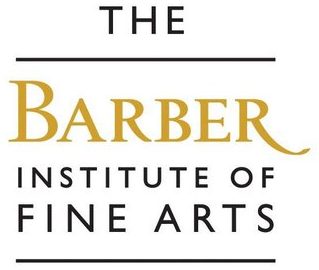Golden Age Treasures from Holburne and Barber Collections
The 17th-century ‘Golden Age’ of Dutch art is celebrated in this fascinating exhibition, which also compares the history and content of two university art collections — the Barber Institute of Fine Arts, and the Holburne Museum of Art, Bath.
Unusually, both collections were founded by women. After the death of Sir Thomas William Holburne, an enthusiast for Dutch 17th-century art, his sister Mary decided his collection should ‘form the nucleus of a museum of fine art in Bath’, which was founded in 1882. Exactly fifty years later, Dame Martha Barber, widow of Sir William Henry Barber, founded an institute at the University of Birmingham ‘for the study and encouragement of art and music’. The Holburne Museum has grown not so much by purchase but through bequests, whereas, in contrast, the Barber collection has been formed by acquisition to illustrate the history of European art, with teaching and research in mind.
Featuring a selection of sumptuous and incisive portraits commissioned by wealthy burghers of the Dutch Republic in the 17th century, as well as tour de force pictures for their homes, this exhibition enabled a comparison between portraits by Hals, Maes and others; Dutch Italianate landscapes by Cuyp, Dujardin and Berchem; and still lifes by De Heem and Weenix. It included intriguing memorabilia from both the Holburne and Barber archives, including Holburne’s Trafalgar medal cast by Matthew Boulton, fine silver and miniatures, and photographs of Lady Barber, her husband, and their life at home in Culham Court.
Above Image: Huntsmen Halted (1620 -1691) by Aelbert Cuyp
